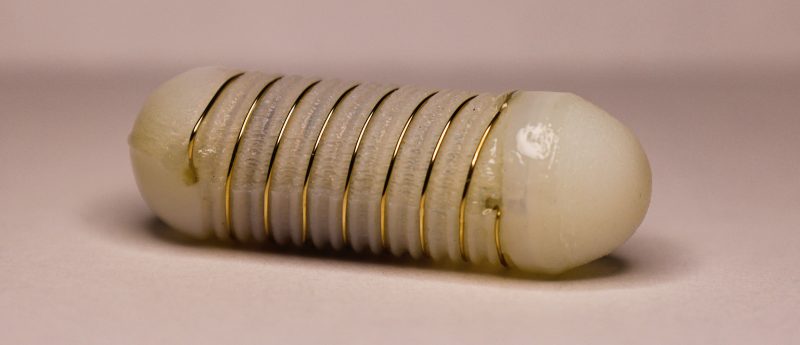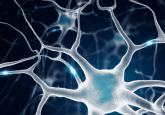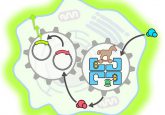Lizard skin inspires new electronic pill to treat gut disorders

An ingestible electronic pill inspired by nature stimulates a key hunger hormone and could be used to treat gut health disorders.
Scientists from Brigham and Women’s Hospital, Massachusetts Institute of Technology (both MA, USA) and New York University (NY, USA) have designed an electronic pill inspired by grooves in lizard skin that could enable non-invasive gut stimulation. The researchers found that this approach stimulates the production of ghrelin, a key hormone in hunger. This design could be developed into a platform for ingestible electroceuticals to treat eating disorders and metabolic diseases.
Gastric electric stimulation (GES) is an FDA-approved approach for treating gastroparesis, a condition that slows or prevents food from moving from the stomach to the gut. This can cause a variety of symptoms including nausea, vomiting, bloating and heartburn. The underlying cause remains unknown, but some people with gastroparesis benefit from the use of an implanted GES system, a device comparable to a cardiac pacemaker, which stimulates the gut.
Previous research by the team has shown that patients with GES systems experience an improvement in symptoms that are not fully explained by an increase in the movement of food through the gut. This research group further investigated this and found that electrical stimulation leads to a neurohormonal response involving the production of the hormone ghrelin, which is involved in hunger and reducing nausea.
 The neural pathway that signals toxin-induced vomiting
The neural pathway that signals toxin-induced vomiting
How do our bodies recognize the ingestion of unwanted bacteria and initiate vomiting? Researchers have mapped the neural pathways responsible for vomiting after eating contaminated food.
In this study, researchers tested the electronic pill by delivering it endoscopically to pigs’ stomachs. The animals had fasted overnight and were anesthetized. The researchers stimulated the pig’s stomachs for 20 minutes and observed increased levels of ghrelin. However, this change was only observed in pigs with an intact vagus nerve (the nerve connecting the brain to the gut), which demonstrates that the effect involves both the stomach and the central nervous system. The pills were subsequently excreted safely by the pigs.
One key design challenge for ingestible electronic pills is that gastric fluid can reduce the transmission of electrical stimulation to the gastric mucosa. To combat this, the team looked to examples of fluid wicking in nature by examining the structure of the skin of the Australian ‘thorny devil’ lizard (Moloch horridus). By mimicking its grooves, researchers designed a capsule coating that could displace the gastric fluid while still containing an electrode and batteries, called FLASH.
CT scans showed that FLASH enables the electrode to have good contact with the mucosa and increase levels of ghrelin, with reproducible results.
Corresponding author Giovanni Traverso (MIT and Brigham and Women’s Hospital) said, “The potential to modulate hormones using ingestible electroceuticals is potentially transformative because it does not require new drugs. Instead, it works alongside our physiological systems for the benefit of the person.”
The researchers plan to investigate the potential for ingestible electronic pills and other electroceuticals to treat eating disorders and metabolic diseases and hope to translate this technology to clinical applications.





